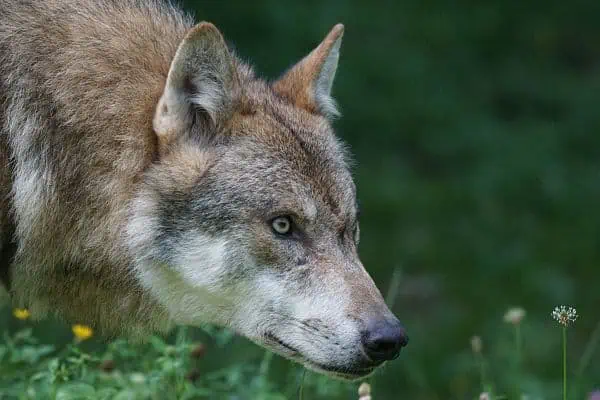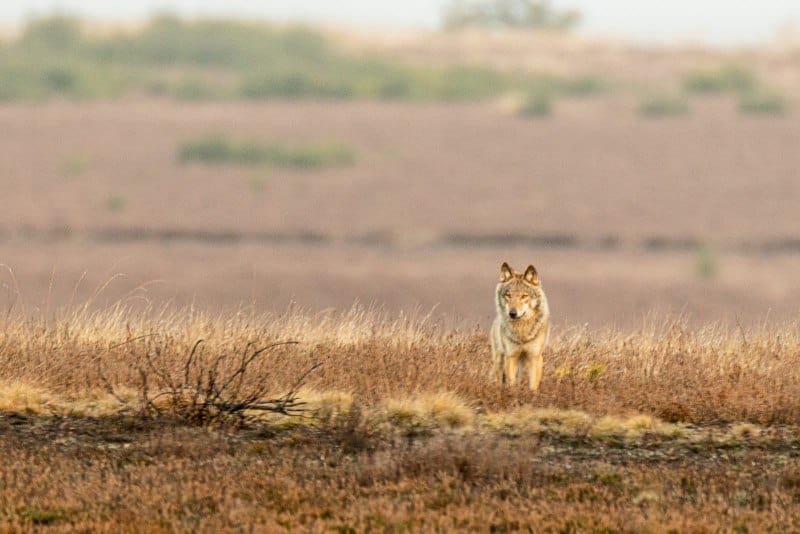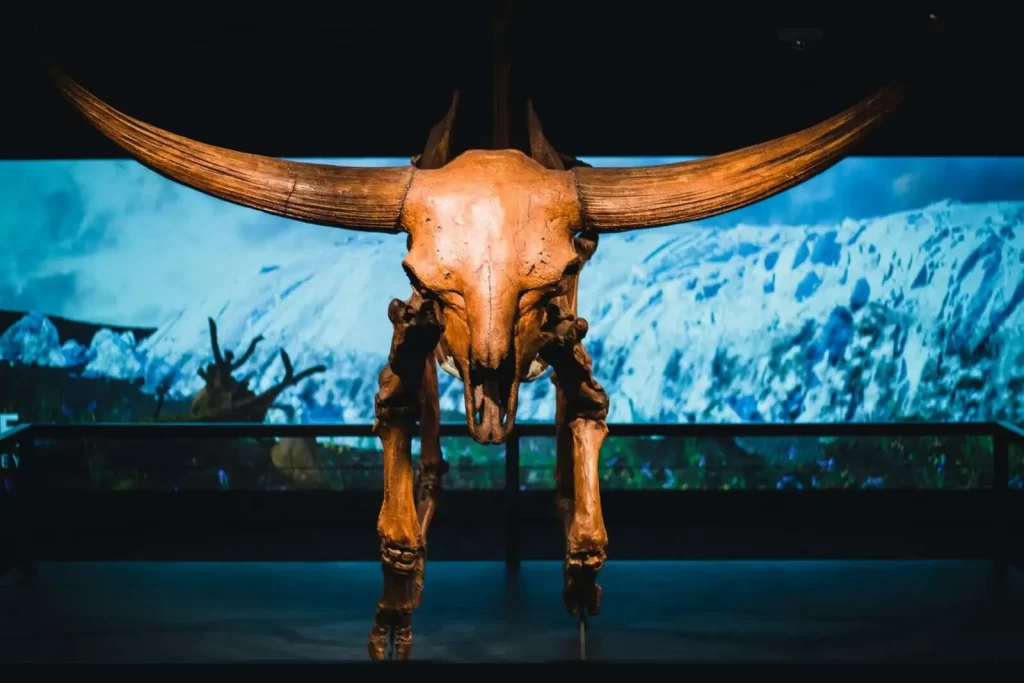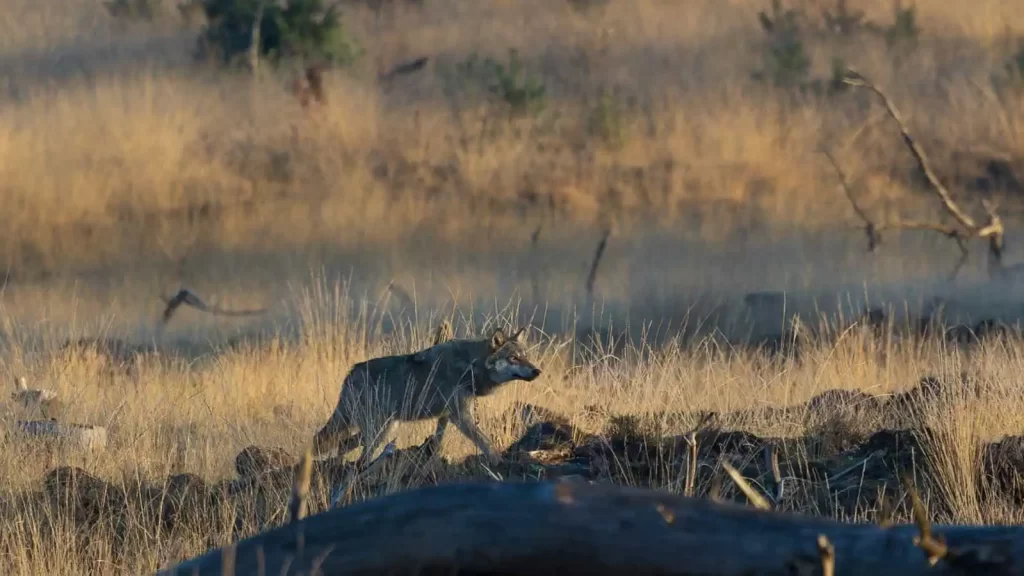Share:
How Wolves Change Rivers

Wolves were once native to Yellowstone National Park in the United States, but they were wiped off through hunting in the 1930s. When the wolves returned in 1995, however, something unexpected happened: an unexpected, remarkable “trophic cascade” occurred.
The presence of wolves influenced the behaviour of large grazers significantly. Wapiti deer stopped grazing in valleys and gorges where wolves could readily hunt them. The vegetation was able to re-establish and re-grow, resulting in an increase in biodiversity by giving food and shelter to a wider range of plants and animals.
Changing rivers, changing food cycles
Surprisingly, the presence of wolves had an effect on the rivers. Riverbank erosion slowed, causing rivers to meander less, channels to deepen, and small pools to emerge. The regenerating vegetation stabilized the riverbanks, altering the park’s geography and environment.
According to Doug Smith, a wildlife biologist in charge of the Yellowstone Wolf Project, “the presence of wolves triggered a still-unfolding cascade effect among animals and plants-one that will take decades of research to understand”.
Even though black and grizzly bears, cougars, and, to a lesser extent, coyotes still preyed on Yellowstone elk, the disappearance of wolves relieved the elk of a significant amount of predatory pressure. As a result, elk populations flourished—a bit too much.
The elk pushed Yellowstone’s carrying capacity to its limits, and they didn’t migrate much in the winter, relying primarily on new willow, aspen, and cottonwood plants. That was difficult for beaver, who rely on willows to survive in the winter.
Take a look at this fascinating animation that demonstrates how a single species may have a huge cascade effect on the ecosystem in which it lives.
Do wolves change the science of conservation?
According to National Geographic, this could be one of the most important conservation ideas to emerge from natural science in the previous 50 years.
This case study is unique in that it may be applied to apex predators all around the world, including lions in Africa and tigers in Asia. Sharks, bears, and wild canines all occupy the top of their respective food chains, ensuring stability among the species they prey on and maintaining plant and animal health.
What is a Landscape of fear?
Learn more about how predators shape the landscape.
Follow us on our Instagram for more stories about rewilding.

What is the role of wolves for rewilding?
In short, they are an important part of the ecology of fear. They take care of the health of the prey population by hunting primarily on old and unhealthy individuals. By doing so they make the prey population aware of the fact that there is a predator in the landscape. This gives the landscape space to recover from overgrazing, and as vegetation returns, so does biodiversity to it. Learn more about rewilding and why it is important.
Want to know more about wolves?
Learn more about the return of the wolves to the Netherlands.
Are you fascinated by how animals shape the landscapes?
Visit our rewilding knowledge hub and learn about megafauna and their impacts on the ecosystem.






